War machines of the Romans
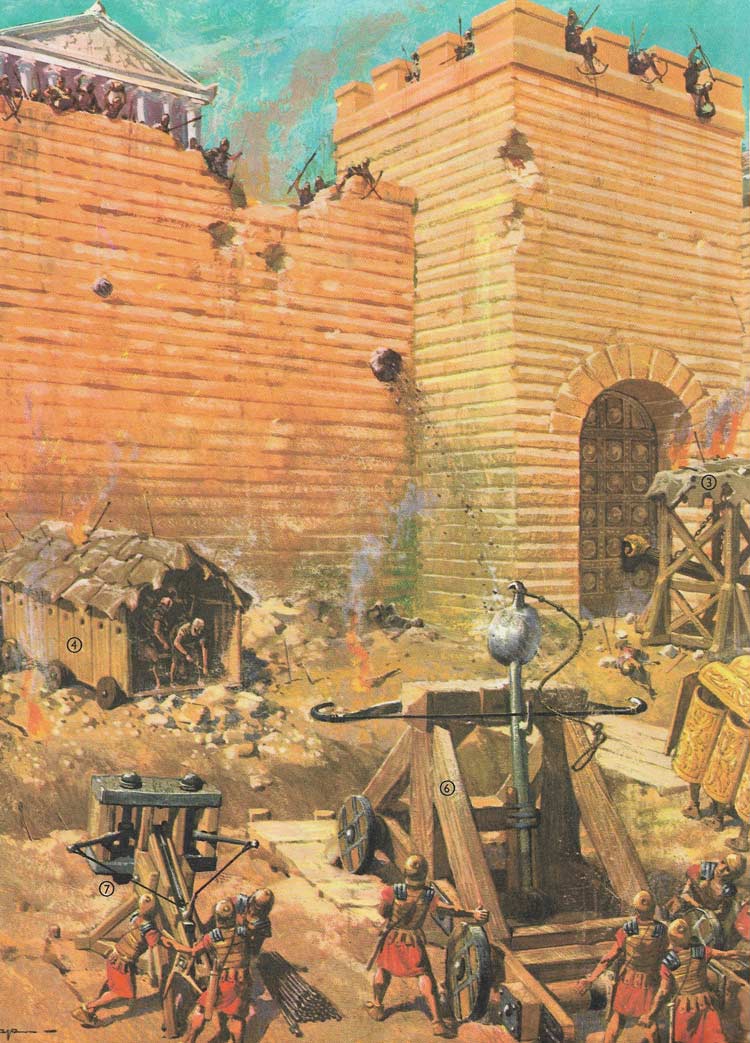
Figure 1. The range of weapons available to the Roman army for assaulting a besieged city (above and below). The soldiers on the mobile towers (1) have lowered the drawbridge to make a sortie on to the enemy walls, while more soldiers enter the base of the tower through the musculi (2). Other soldiers are attempting to beat down the city gate with an aries (3). More soldiers (4) are undermining the walls, and others are running up to help them in the defensive testudo formation (5). The three types of artillery can also be seen in action: the ballista (6), the catapult (7), and the onager (8).
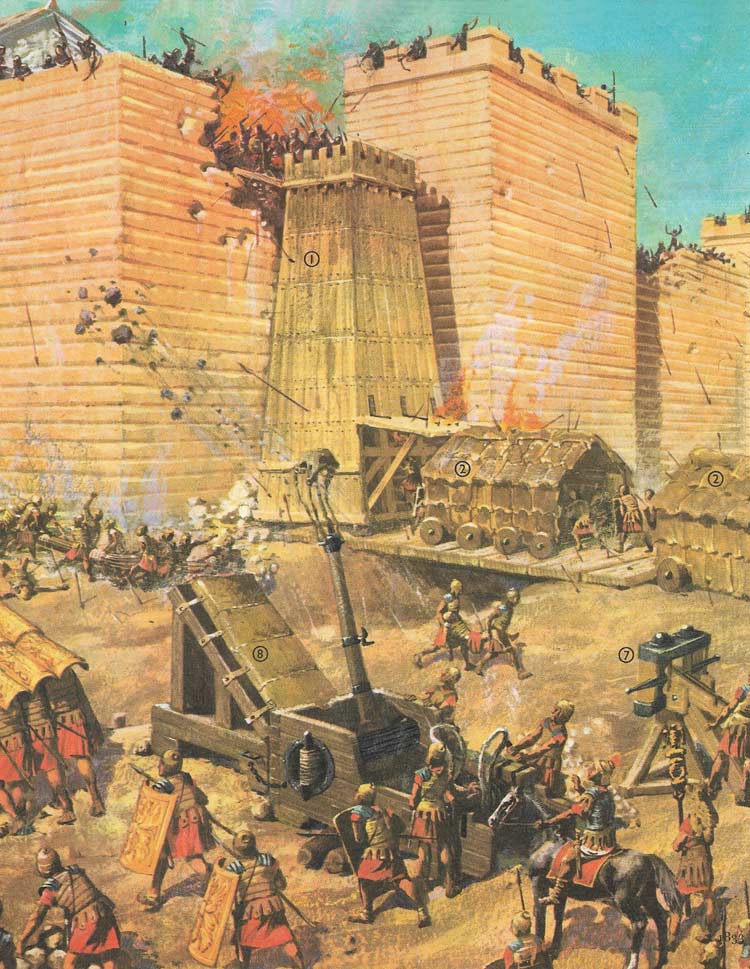
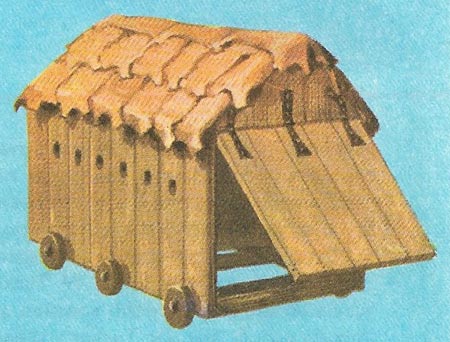
Figure 2. The musculus also protected soldiers working near the walls.
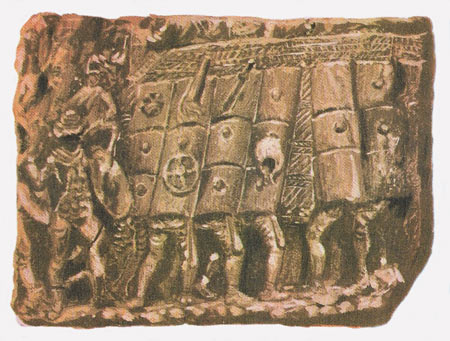
Figure 3. The testudo, or tortoise (relief from Antonine Column, Rome). The legionaries locked their shields above their heads to protect themselves against missiles from above when assaulting walls or gates.
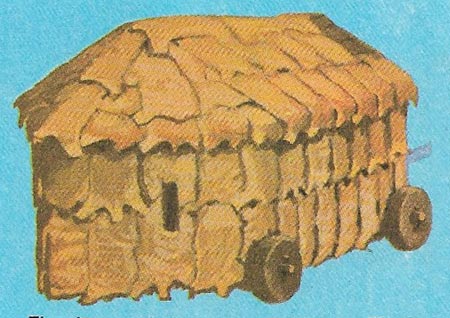
Figure 4. The vinea protected soldiers tunnelling under the city walls.
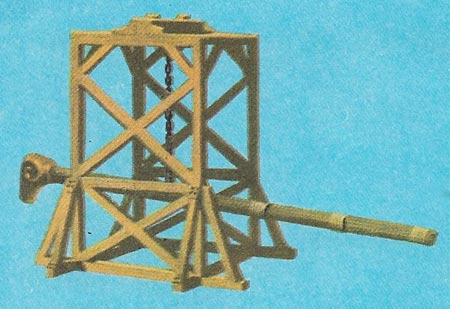
Figure 5. The aries was a form of battering ram.
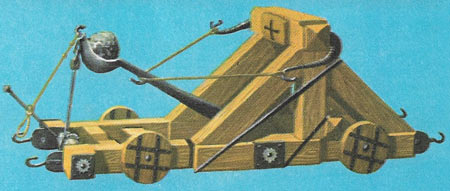
Figure 6. The ballista, which could throw weights of 50 pounds.
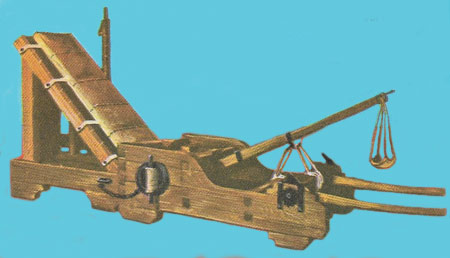
Figure 7. The onager, like the ballista but smaller and lighter.
One of the most famous sieges in ancient history was that of Carthage by the Romans. For four years from 149 to 146 BC the Carthaginians held out against constant Roman attacks. Finally, the Roman general Scipio Aemilianus captured the city after a brilliant campaign.
An important element in Scipio's success was his handling of the various was machines he had at his disposal, which included 143 pieces of artillery (120 catapults and 23 ballistae).From accounts of this, and other famous Roman sieges, we can reconstruct the appearance and methods of use of the Roman war machines.
The machines were divided into two groups: the artillery, which could shoot heavy arrows, large stones, balls of lead, or firebrands with accuracy over fairly long distances; and the assault machines, which were used to overcome the walls of a besieged city. The cumbersome artillery was only used in siege warfare, when it could be brought slowly up and fixed into position (Figure 1).
Events in an ancient siege seem to have taken the following course. After a preliminary skirmish, the defenders would retire to the protection of their city walls and moat, barricade the gates and mount guard along the walls and in the towers. The attackers would then build a circle of earthworks and ditches round the city to prevent the defenders from escaping or receiving help from outside. Next the attackers would set up their artillery and shoot burning arrows or firebrands over the city walls. They might then fire heavy arrows and stones to cover the advance of their legionaries. At the city walls they would beat down the gates, undermine the walls, or climb over the battlements.
Assault machines
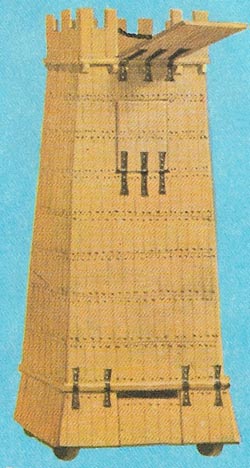 |
| Figure 8. The turres mobiles, a wooden tower on wheels, could be pushed up to the city walls.
|
One of the most important assault machines was the turres mobiles or mobile tower (Fig 8). This was a wooden tower, 10, 15, or even 20 storeys, placed on wheels so that it could be taken up to the besieged city's walls. A drawbridge to allow troops to run out on to the enemy walls was built at or near the top of the tower, and catapults were often placed on the top floor and a battering ram at the base. These towers were very effective in a siege, and were used by Julius Caesar in his attack on Massilia (Marseilles) in 49 BC. It is said that the sight of a tower moving up to the walls always aroused terror in the besieged army.
To protect soldiers entering a mobile tower set up at the walls or working under the walls, a sort of wheeled wooden shed called a musculus (little mouse), or sometimes testudo (tortoise), with openings at each end, was used (Figures 2 and 3). Missiles rolled off its sloped roof, which was covered with skins stuffed with seaweed or vinegar-soaked chaff to stop firebrands setting it alight. Like the musculus, but open along one side, was the vinea (Fig 4). This is especially used to shield soldiers when they were undermining the city's walls by driving tunnels under them, or prizing out the stones at the base with sharp iron tools called terebrae.
The most powerful Roman assault machine was the aries or ram (Figure 5). It was made of a long heavy fir or ash beam with a large piece of iron or bronze in the shape of a ram's head at one end.
The aries was used for breaking down walls and gates. The beam was suspended by one or more chains from a stout wooden framework and was swung back and forth against the wall by a gang of soldiers, often protected by a musculus.
The ram was often as long as 80 feet and sometimes even bigger. Titus, at Jerusalem, used one so large that it needed 300 oxen to move it and 1,500 men to drive it against the walls.
Artillery
The Romans had three types of artillery: the catapult, which fired arrows; the ballista, which fired missiles such as large stones, lead balls, and firebrands; and the onager, which shot small missiles.
These artillery pieces were employed either to clear the ramparts of enemy troops and so protect legionaries near the walls, or for hurling firebrands to burn the city granaries or arsenals. They were not powerful enough to knock down walls or gates.
Defenders could also use artillery effectively. At the siege of Cressona in AD 69 the defenders had a machine so powerful that its missile could crush whole ranks of soldiers at once. Two soldiers eventually crept up and put it out of action by cutting its ropes.
The ballista (from the Greek ballei, throw) was a similar but much larger machine than the catapult and could fire missiles up to 50 pounds in weight (Figure 6). The range for a missile weighing 20 pounds was about 100 yards.
 |
| Figure 9. A machine which fired arrows was the catapult.
|
The most usual piece of Roman artillery was the catapult (from the Greek kata, against, and pelts, arrow), also called the scorpio, or scorpion (Figure 9). This weapon was used for firing heavy arrows two to four feet long. It was so powerful that it could fire arrows two inches into a plank from 300 yards' range. Two skeins of horsehair or animal sinews were stretched two or three feet apart in a stout wooden frame. Into each skein was pushed the end of a rod about two feet long; the ends of the two rods were joined by a cord. The cord could be drawn back like a bowstring with a windlass against the resistance of the skein. An arrow placed in a wooden runner against the cord was then fired by releasing a trigger mechanism. This shot the arrow into the air with great force. The rigid framework of the catapult meant that the arrow could be aimed very accurately.
Another artillery piece was the onager (wild ass), so called because of its 'kick' (Figure 7). This was smaller and lighter than the ballista and so more easily moved from place to place. It derived its force from the twisting of a skein of sinews stretched horizontally.
